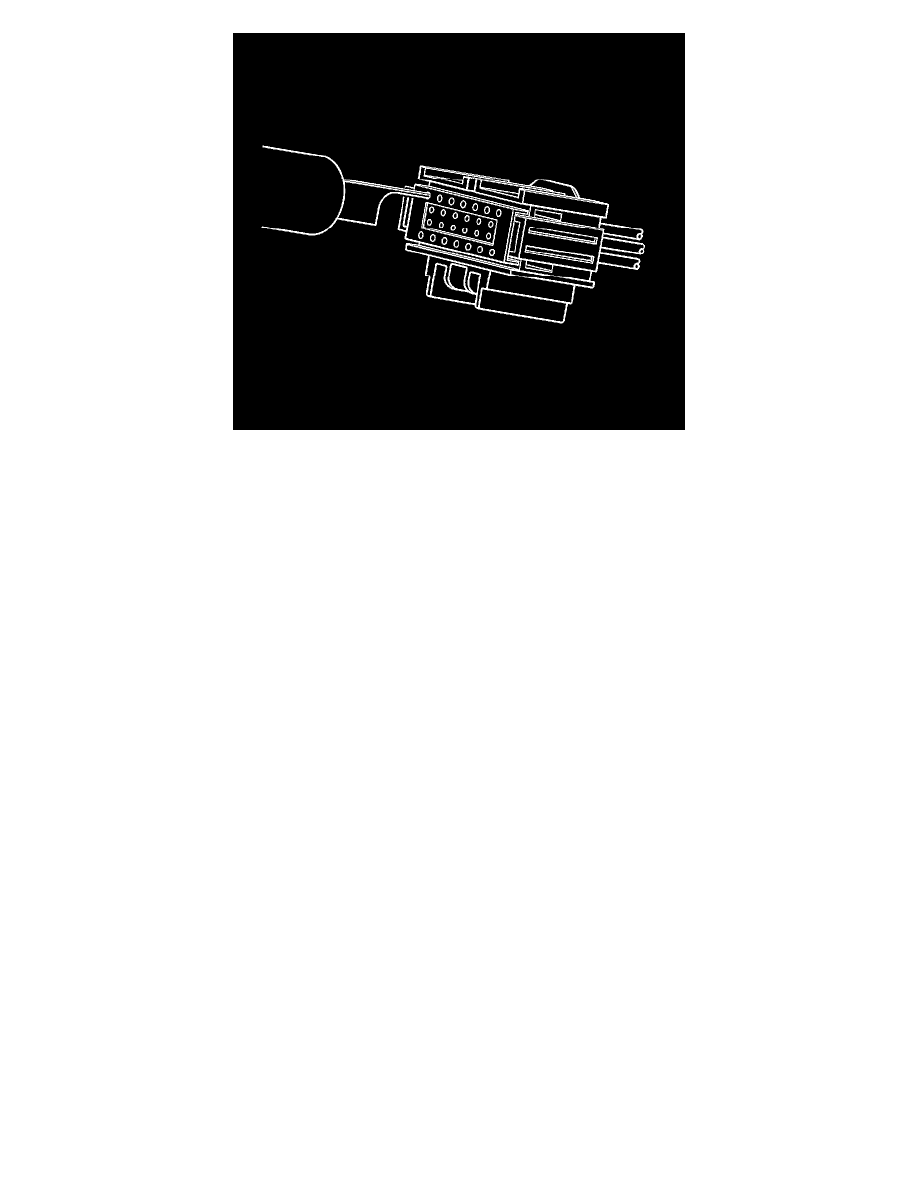Savana 3500 V8-4.8L (2009)

View of the male half of the connector with female terminals.
4. While holding the removal tool in place, gently pull the wire out of the back of the connector. Always remember never use force when pulling a
terminal out of a connector.
Repair Procedure
Use the appropriate terminal and follow the instructions in the J-38125 .
Location of the terminal in the repair tray and the proper crimp tool can be found in the appropriate connector end view.
Circuit Protection - Circuit Breakers
Circuit Protection - Circuit Breakers
A circuit breaker is a protective device that is designed to open the circuit when a current load is in excess of the rated breaker capacity. If there is a short
or other type of overload condition in the circuit, the excessive current will open the circuit between the circuit breaker terminals. Two types of circuit
breakers are used.
Circuit Breaker
-
This type opens when excessive current passes through it for a period of time. It closes again after a few seconds, and if the cause of the high
current is still present, it will open again. The circuit breaker will continue to cycle open and closed until the condition causing the high current is
removed.
Positive Temperature Coefficient (PTC) Circuit Breaker
-
This type greatly increases its resistance when excessive current passes through it. The excessive current heats the PTC device, as the device heats
its resistance increases. Eventually the resistance gets so high that the circuit is effectively open. Unlike the ordinary circuit breaker the PTC unit
will not reset until the circuit is opened, by removing the voltage from its terminals. Once the voltage is removed the circuit breaker will re-close
within a second or 2.
Circuit Protection - Fuses
Circuit Protection - Fuses
